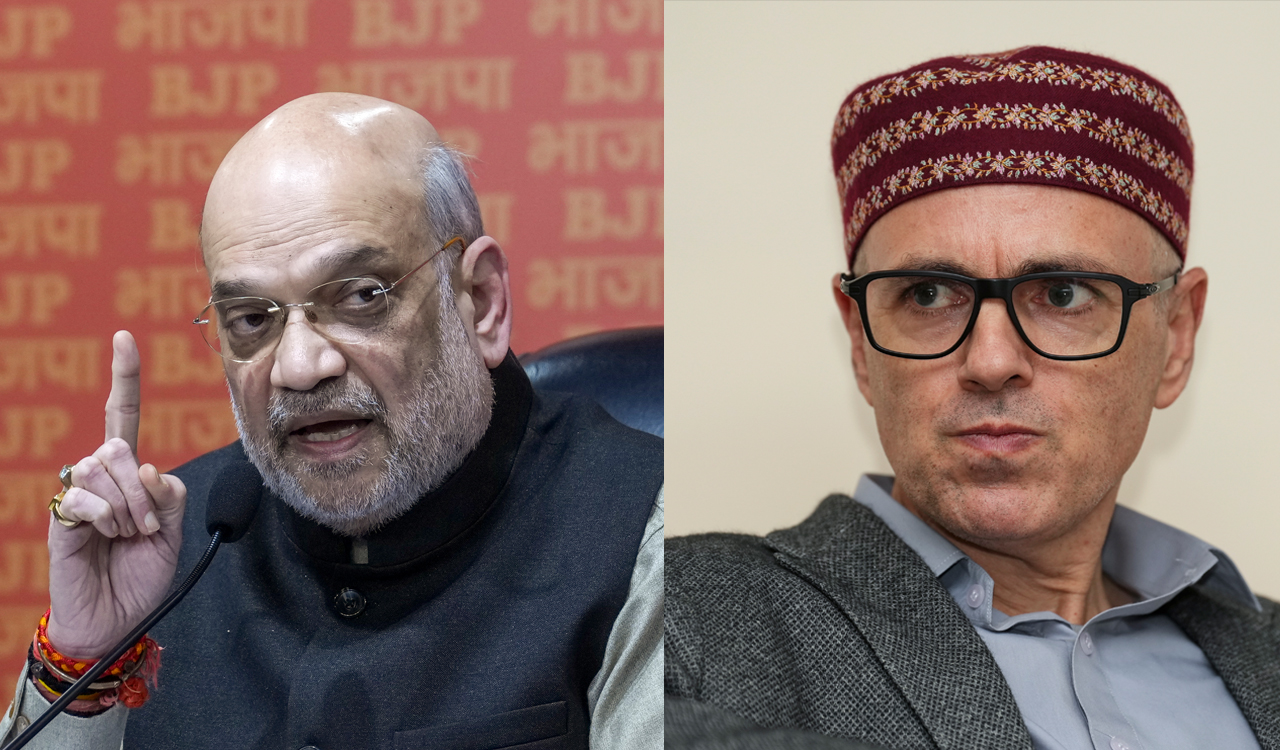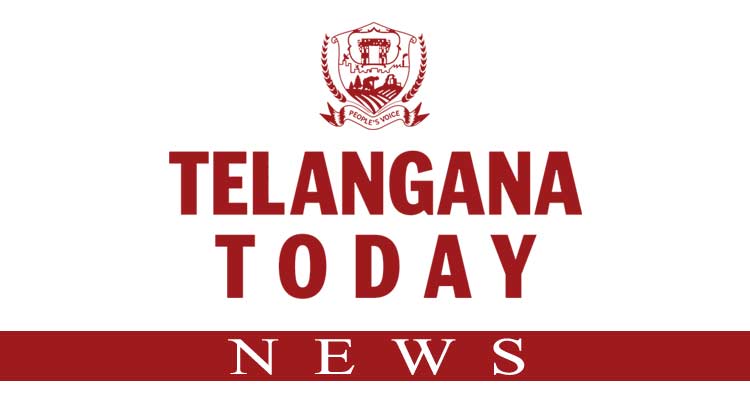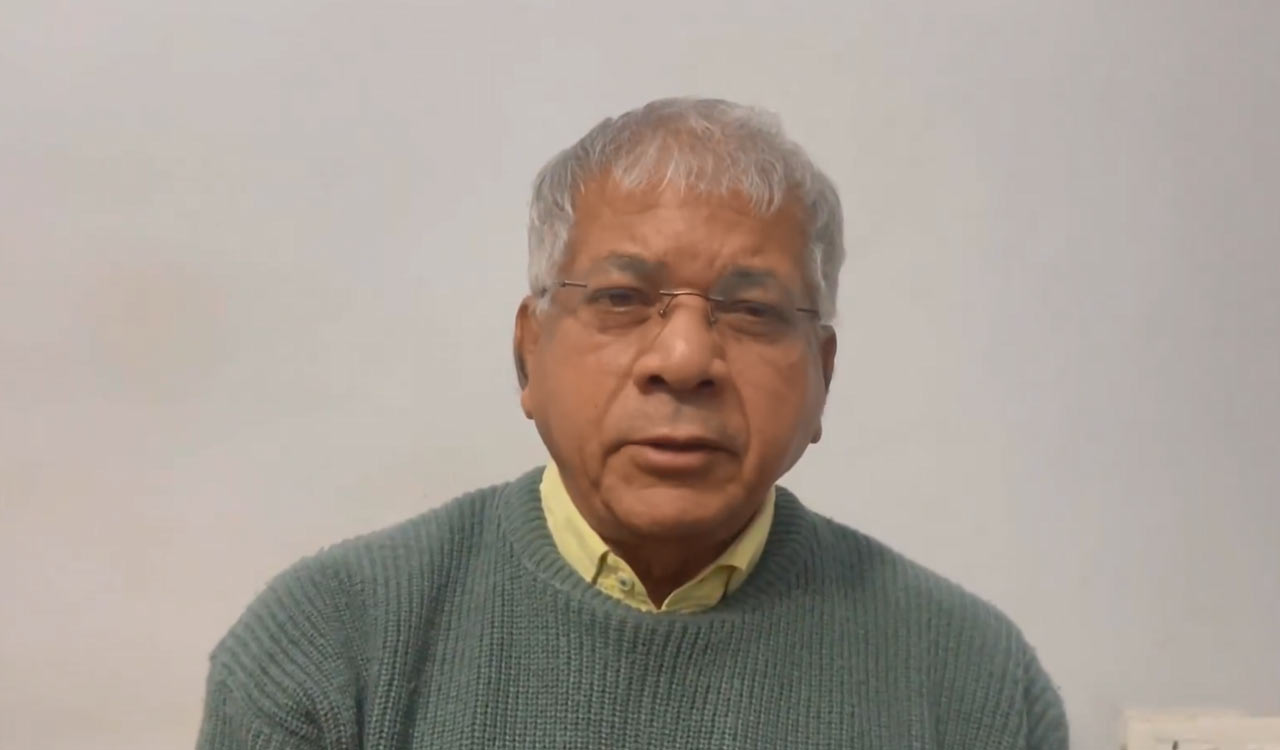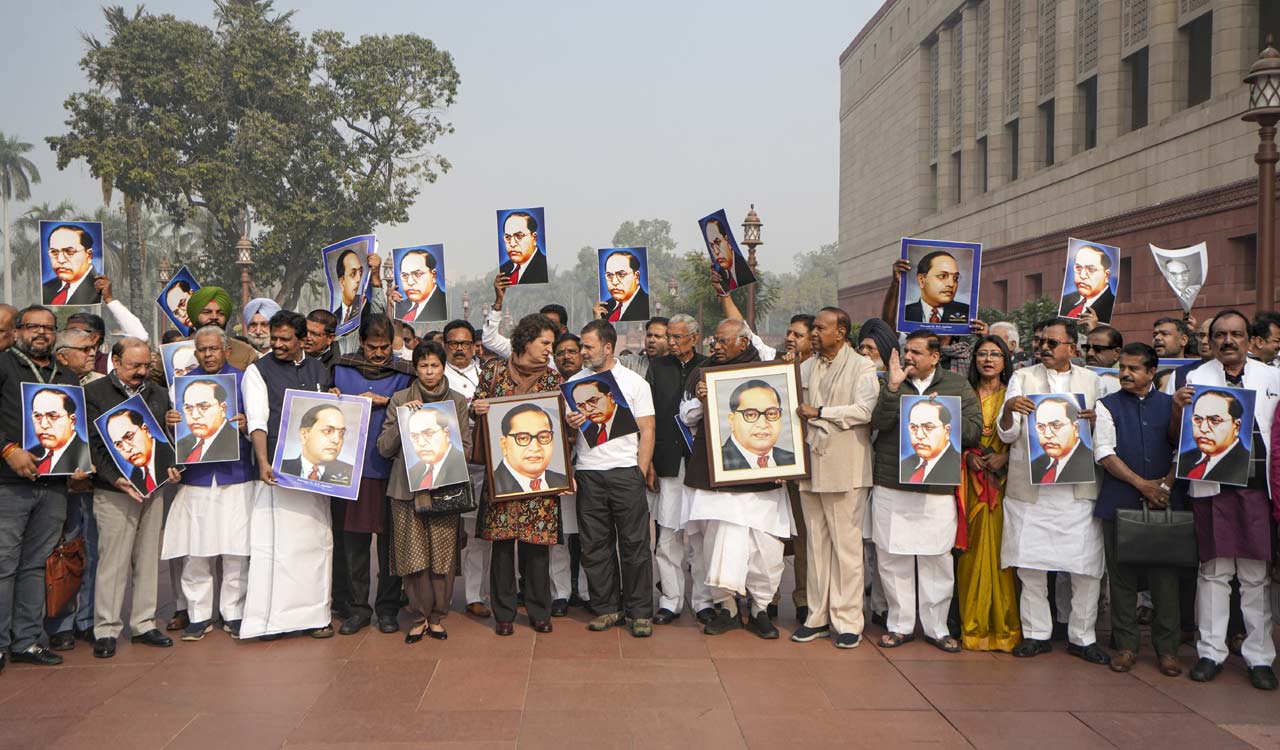Editorial: Hope for undertrials
It is heartening that the Centre has come forward to alleviate the sufferings of undertrials, but implementation challenges persist
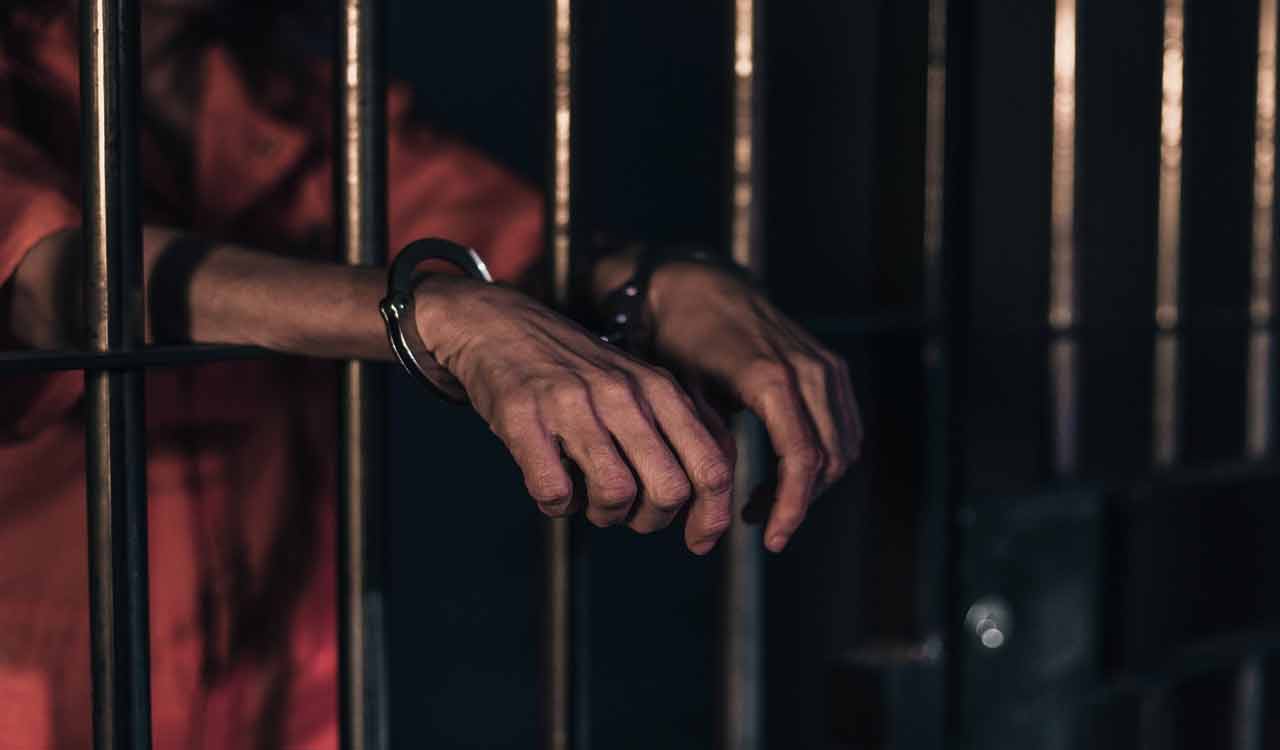
The plight of undertrials in India’s overcrowded prisons often goes unnoticed by the governments and media alike. They account for over 75% of the total inmate population in the country’s jails. A majority of them, languishing in jails for years, are so poor that they cannot afford to seek bail. The sub-human conditions in several prisons often drive many undertrials to commit suicide. Against this grim backdrop, Union Home Minister Amit Shah’s recent promise to ensure justice for undertrials is a welcome development. He has promised that undertrials who have spent more than a third of the maximum prescribed sentence for the crime they are accused of committing would be released on the eve of Constitution Day on November 26. While it is heartening that the Centre has come forward to ameliorate the sufferings of the undertrials, there are several implementation challenges. Despite recent legislative reforms like Section 479 of the Bharatiya Nagarik Suraksha Sanhita (BNSS), systemic inefficiencies persist. Even with supportive schemes, such as financial aid for poor prisoners, implementation remains inconsistent, leaving many eligible undertrials languishing in prison. According to the National Crime Records Bureau’s Prison Statistics, of the over 5.73 lakh people incarcerated in Indian prisons, more than 4.34 lakh, accounting for 75.8% of the total prisoners, are undertrials against whom cases are still pending. An excessive prison population, in many cases over 150% of the jail capacity, creates problems of hygiene, sanitation, management and discipline.
Section 479 of the BNSS stipulates that a prisoner who is not accused of offences punishable with death or life imprisonment shall be released on bail if s/he has “undergone detention for a period extending up to one-half of the maximum period of imprisonment specified for that offence under that law”. The BNSS has also relaxed the norms further in cases concerning first-time offenders — requiring such accused persons to be released on bail after they have spent one-third of the maximum possible sentence in prison. In August, the Supreme Court had ordered all State governments and Union Territories to file affidavits detailing the number of undertrials who would be entitled to an extension of the benefit of Section 479 of the BNSS. The crux of the problem lies in the country’s criminal justice system, which prioritises punitive measures over reformative and rehabilitative justice. The reluctance on the part of the judiciary to liberalise bail conditions, coupled with systemic delays in identifying eligible prisoners, exacerbates the issue. To effectively address prison overcrowding, India must go beyond symbolic deadlines. Streamlining the identification and release process through review committees and incorporating social workers for due diligence can ensure timely justice. The government must also revisit outdated bail practices, encouraging personal recognizance bonds and leveraging technology for tracking released individuals. While Shah’s assurances of technology integration and reforms are promising, they require follow-through.
Related News
-
Omar meets with Amit Shah to seek timeline for early statehood restoration
-
Dalit rights committee to calls for nation-wide protests against Amit Shah’s remarks on Dr BR Amebdkar
-
Amit Shah’s remarks show old mentality of BJP, says B R Ambedkar’s grandson
-
INDIA bloc MPs protest in Parliament premises, demand Amit Shah’s apology for Ambedkar remarks
-
Shops in Madhya Pradesh gutted in blaze; firefighting vehicle vandalised
11 mins ago -
Watch: Allu Arjun leaves Chikkadpally PS after over three and half hours of questioning
19 mins ago -
President to confer Pradhan Mantri Rashtriya Bal Puraskar to 17 children on December 26
29 mins ago -
Aisake Eke elected as Tonga’s new Prime Minister
42 mins ago -
Vice President Dhankhar to pay two-day visit to Telangana
46 mins ago -
Rajasthan freezes as intermittent rain brings cold wave
58 mins ago -
Owaisi summoned by UP court over pro-Palestine slogan in Parliament
41 mins ago -
India to invest worth Rs 2371 million in Sri Lanka’s development projects
1 hour ago

